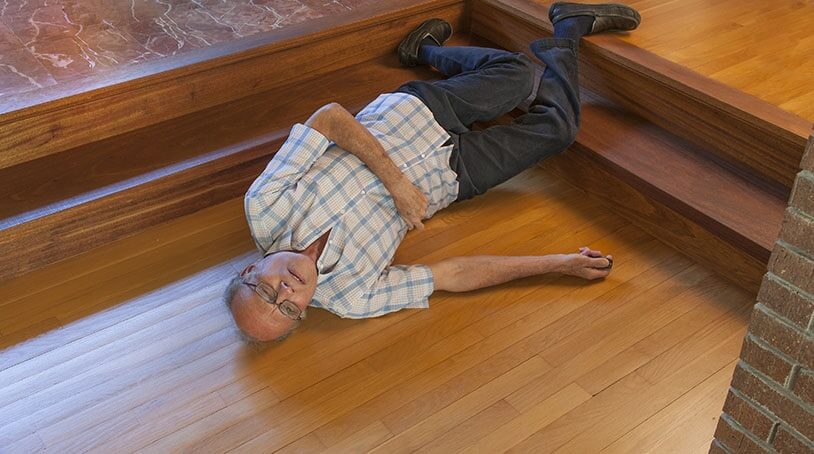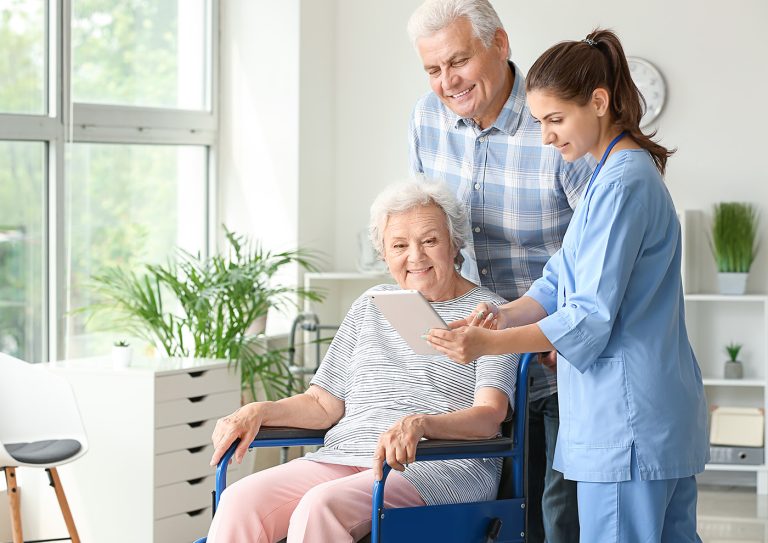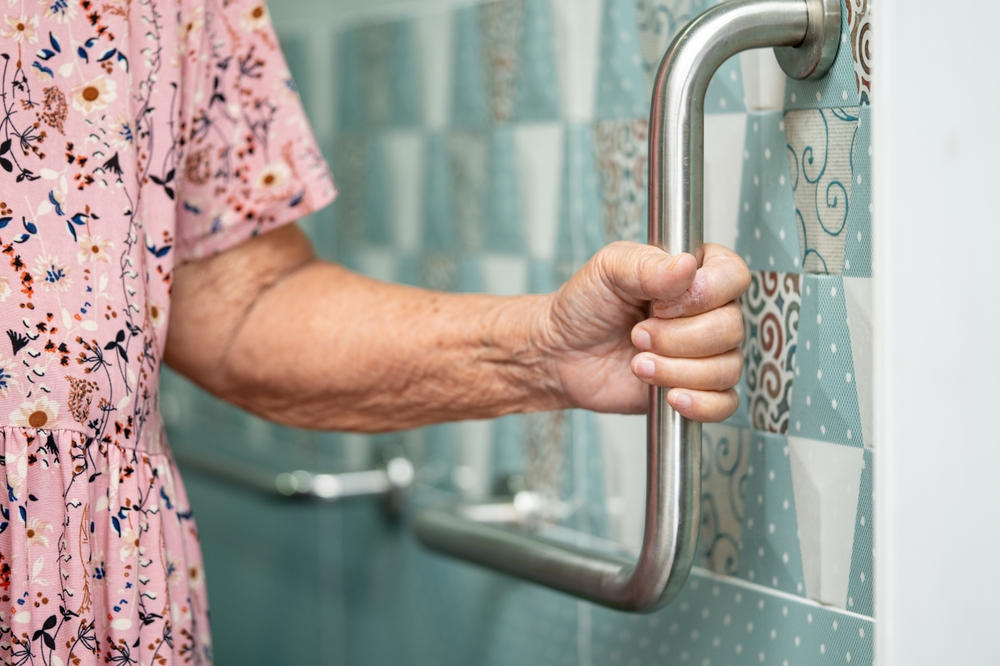As our loved ones age, ensuring their safety becomes a top priority. One of the most effective ways to protect elderly individuals is by using the best home sensors for elderly fall detection. These innovative devices provide peace of mind by alerting caregivers and family members about any potential falls or unusual movements.
With advancements in technology, there is a wide range of sensors available that can be tailored to meet specific needs. Whether you are a family caregiver or someone looking to enhance the safety of your elderly loved ones, understanding the best home sensors is crucial.
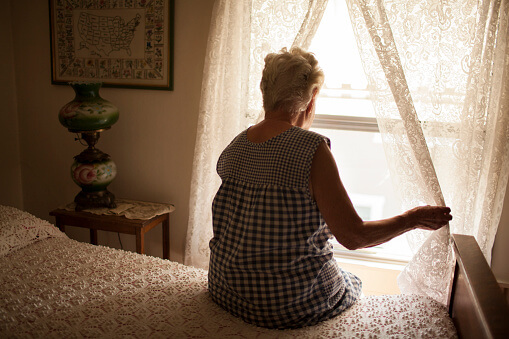
The Importance of Fall Detection
Falls are a leading cause of injury among the elderly. According to the American Academy of Orthopaedic Surgeons, falls can lead to significant physical and emotional consequences. This makes fall prevention a critical aspect of elderly care.
Types of Home Sensors for Fall Detection
Motion Sensors
Motion sensors are designed to detect movement within a specific area. They can alert caregivers if no motion is detected over a certain period, indicating a potential fall.
Wearable Devices
Wearable devices such as smartwatches or pendants can monitor the user’s movements and send alerts in case of a fall. They are highly effective as they are always with the user.
Pressure Sensors
These sensors can be placed under mattresses or floor mats to detect sudden pressure changes, indicating a possible fall.
Features to Consider When Choosing Sensors
Accuracy
Ensure the sensor provides accurate readings to avoid false alarms.
Ease of Use
The device should be easy for the elderly to use and for caregivers to monitor.
Connectivity
Check if the sensor integrates with other smart home devices or systems.
Battery Life
Long battery life is essential to ensure the device remains operational when needed.
Benefits of Using Home Sensors
Using home sensors for fall detection offers numerous benefits:
- Peace of mind: Knowing that your loved ones are safe.
- Immediate alerts: Quick response to any incidents.
- Increased independence: Allows elderly individuals to live independently while staying safe.
Challenges in Implementing Fall Detection
While these sensors offer significant benefits, there are challenges to consider:
- Initial setup costs can be high.
- Some elderly individuals may resist using technology.
- Maintenance and regular updates are needed.
Real-World Applications
Many families have successfully implemented these devices in their homes. The results have shown a decrease in fall-related injuries and an increase in the quality of life for the elderly.
Expert Opinions and Reviews
Experts in elderly care and technology recommend integrating multiple sensors for comprehensive coverage. Reviews from users highlight the effectiveness and reliability of these sensors.
Future of Fall Detection Technology
The future looks promising with advancements in AI and machine learning. These technologies will enhance the accuracy and reliability of fall detection sensors.
Making the Right Choice
Choosing the right sensor depends on individual needs and preferences. Consider consulting with a healthcare professional to make an informed decision.
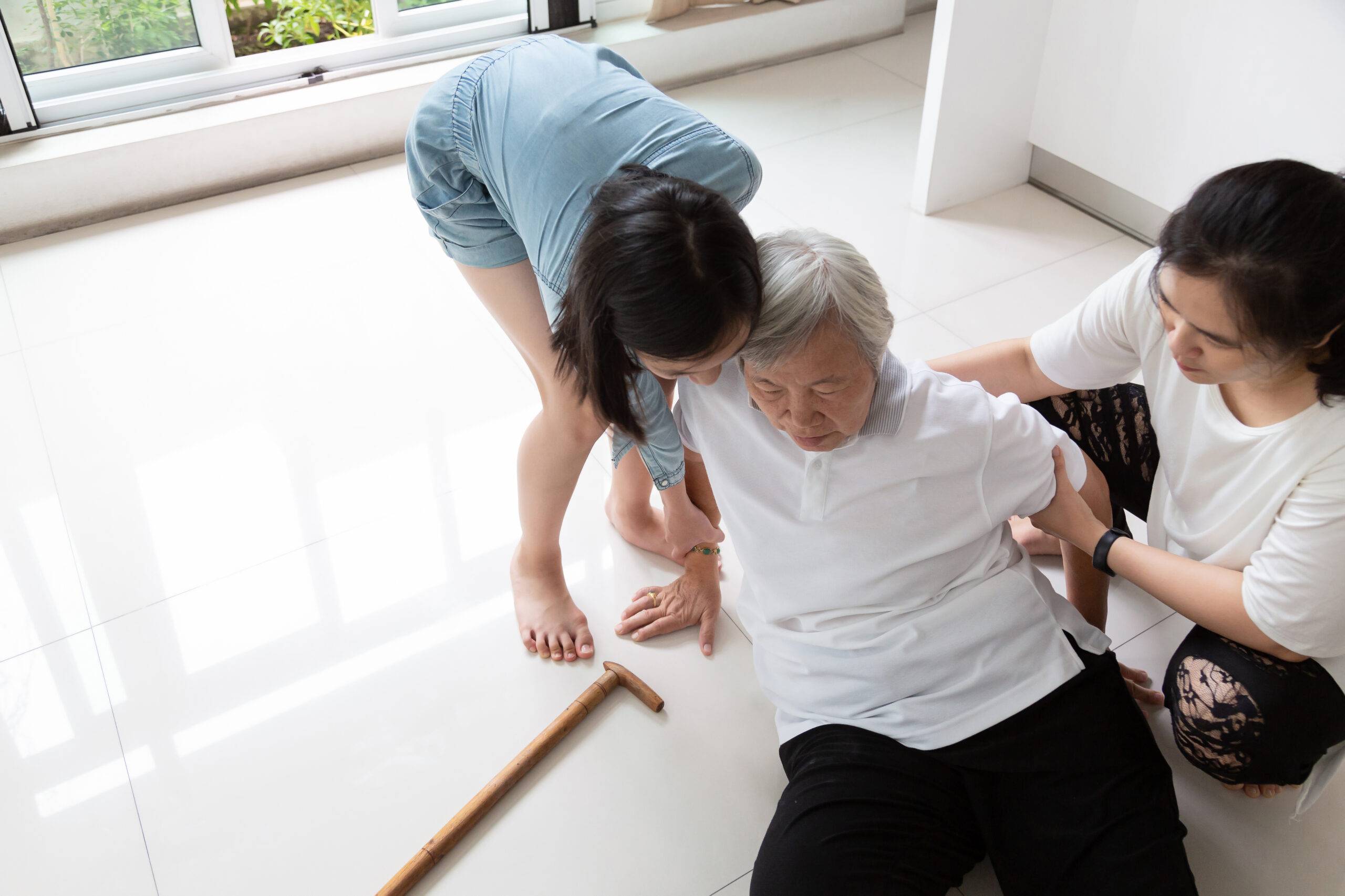
FAQs
What is the best sensor for fall detection?
The best sensor depends on the user’s specific needs and preferences. Consider factors like accuracy, ease of use, and connectivity.
Are fall detection sensors expensive?
The cost varies depending on the type and features of the sensor. However, the investment is worthwhile for the safety and peace of mind it provides.
Can sensors prevent falls?
While sensors cannot prevent falls, they can alert caregivers to take immediate action, reducing the risk of severe injuries.
For more information on how technology is transforming elderly care, visit Smart Elderly Care Solutions.
This article contains affiliate links. We may earn a commission at no extra cost to you.

